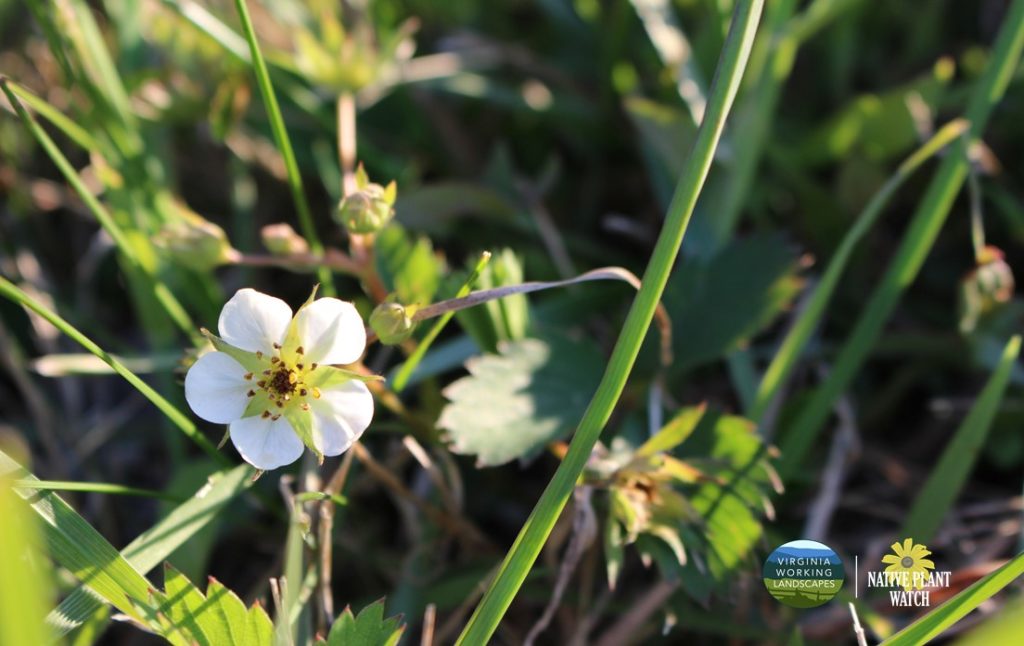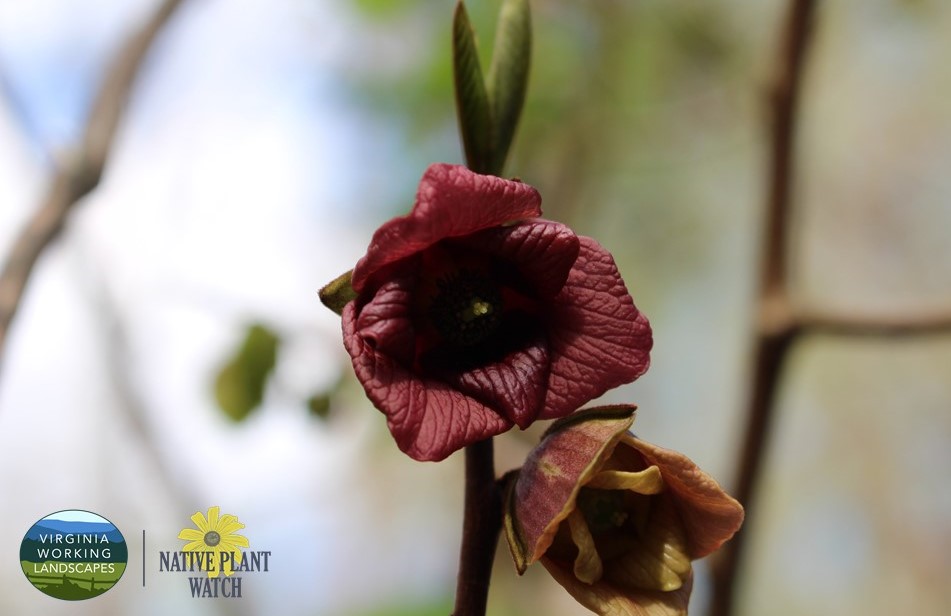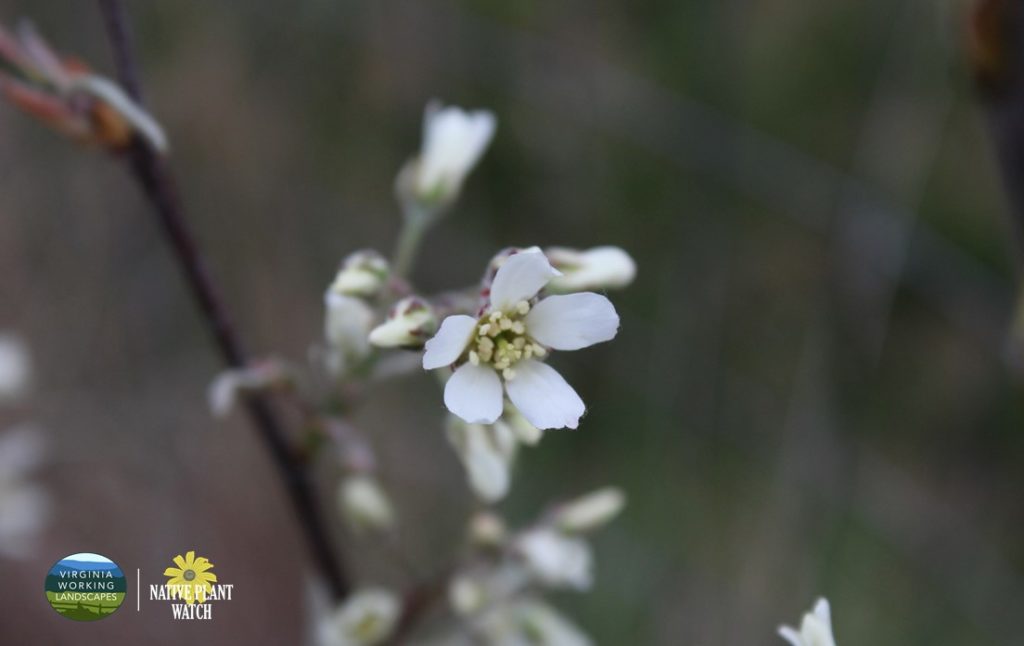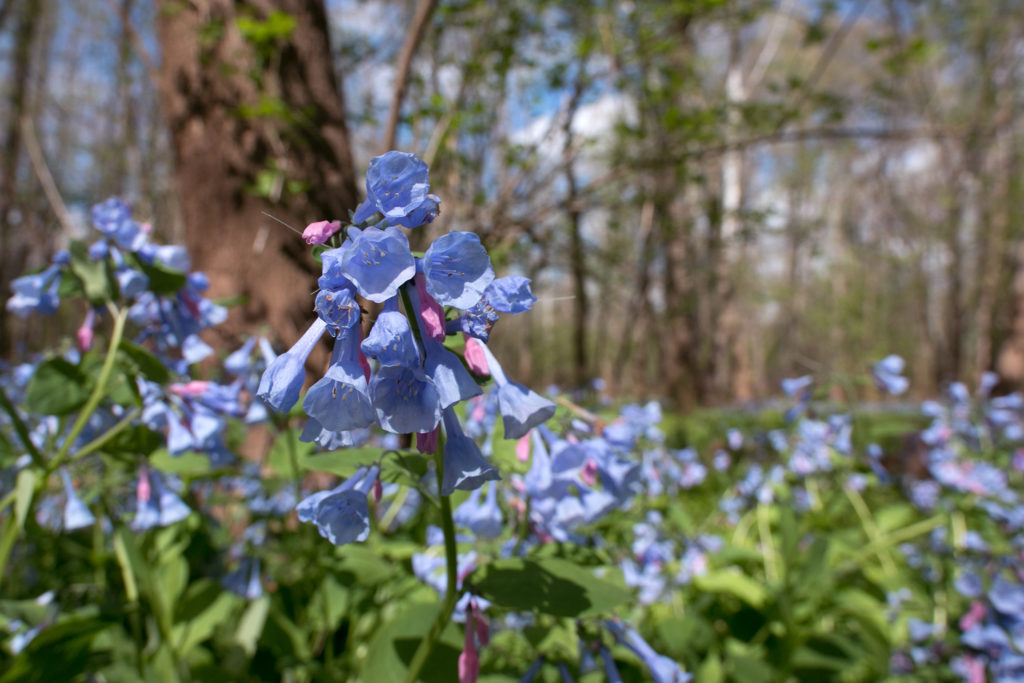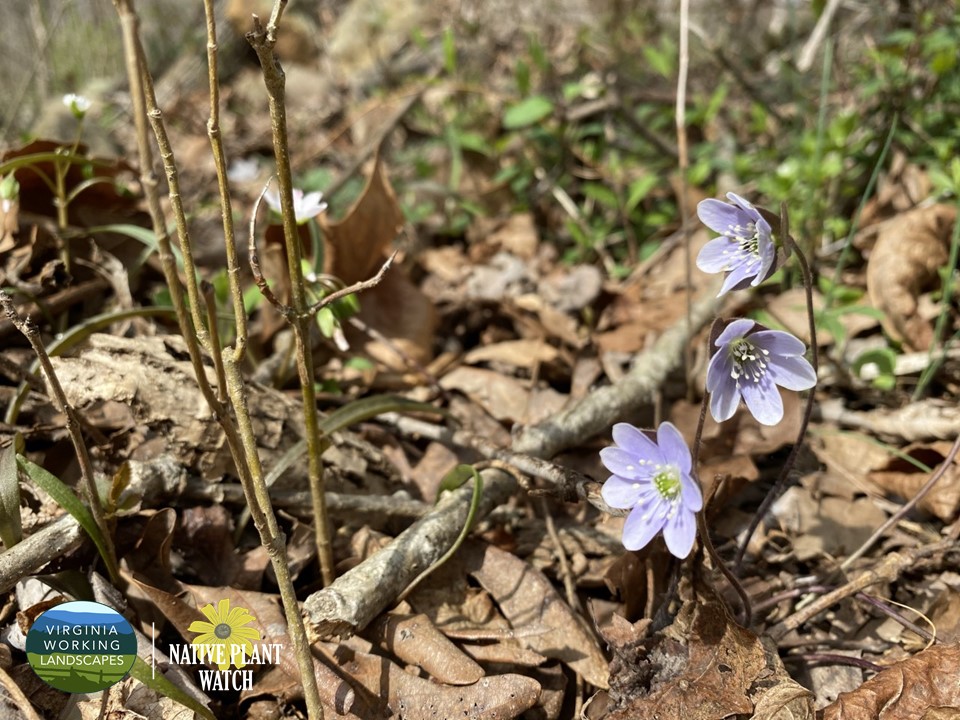April 24, 2020 Wild Strawberry (Fragaria virginiana)* Though most well known for its delicious tiny fruit, this plant is a true delight to find any time of year. Its small red fruits are much more flavorful than cultivated strawberries** (and in fact, cultivated strawberries were created by hybridizing this species and another from South America) and its white flowers are […]
